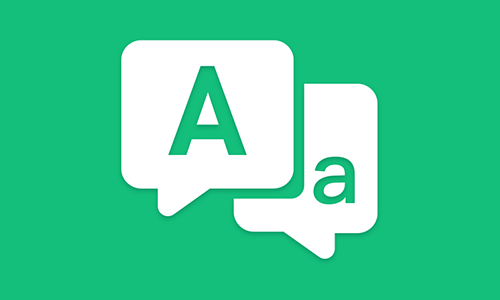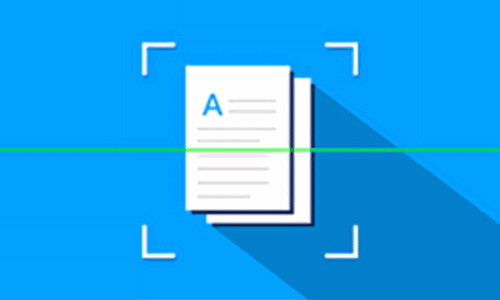German Pronunciation: Key Features
German pronunciation is characterized by precise consonant articulation and distinct vowel qualities. Consonants like ch produce two key sounds: the guttural [x] after back vowels (Bach - stream) and the palatal [ç] after front vowels (ich - I). The language features sharp stops (p, t, k) and voiced/unvoiced contrasts (b/p, d/t). Vowel length is phonemic, changing word meaning (Stadt [ʃtat] - city vs. Staat [ʃtaːt] - state), while umlauts (ä, ö, ü) modify vowel articulation. Stress typically falls on the first syllable of root words, and the *r* is often uvular or tapped. Though rhythmically staccato, German avoids schwa reduction common in English, maintaining clarity.
Key highlights:
Consonant precision: Strong stops (Tag), ch variations
Vowel distinction: Length contrasts + umlaut shifts (Hut vs. Hütte)
Stress patterns: Initial-syllable dominance (Árbeit)
No schwa weakening: Full vowel enunciation (gehen [ˈɡeːən])
German pronunciation is characterized by precise consonant articulation and distinct vowel qualities. Consonants like ch produce two key sounds: the guttural [x] after back vowels (Bach - stream) and the palatal [ç] after front vowels (ich - I). The language features sharp stops (p, t, k) and voiced/unvoiced contrasts (b/p, d/t). Vowel length is phonemic, changing word meaning (Stadt [ʃtat] - city vs. Staat [ʃtaːt] - state), while umlauts (ä, ö, ü) modify vowel articulation. Stress typically falls on the first syllable of root words, and the *r* is often uvular or tapped. Though rhythmically staccato, German avoids schwa reduction common in English, maintaining clarity.
Key highlights:
Consonant precision: Strong stops (Tag), ch variations
Vowel distinction: Length contrasts + umlaut shifts (Hut vs. Hütte)
Stress patterns: Initial-syllable dominance (Árbeit)
No schwa weakening: Full vowel enunciation (gehen [ˈɡeːən])



